Picture this: You awaken in a cozy haze, swaddled tightly by warm flannel blankets. The rich smell of brewing coffee wafts up the staircase to entice you, but you’re too comfortable to consider trudging down the stairs just yet.
Despite the cheery red wood stove chugging away just outside your bedroom, you know the first step out of bed will be chilly, so you brace yourself for a rude awakening.
Rolling over, you slip your feet into a pair of alpaca wool slippers, and you find awakening wasn’t nearly as rude as you expected. The fuzzy, felted material cushions your footsteps on the stone floors as you make the short trek to the balcony door and step out into a brisk winter morning.
The views are panoramic, the morning air just the right degree of bracing; you can see little boats out on the shimmering waters of Port Susan, and miniature cars zip distantly by on Highway 532 just to remind you there’s no need for you to hustle this morning.
But if you crane your neck just a little, you’ll catch a glimpse of the real main attraction: 50 shaggy creatures in shades of tan, black and cream grazing peacefully on flakes of hay in the wide pastures that surround you, blissfully unaware of — or maybe just accustomed to — the serene beauty that surrounds them.
The alpacas aren’t the least bit bothered by the chilly morning, covered as they are in dense, toasty wool, and if it keeps them even just a fraction as cozy as your toes are in your slippers, you can’t help but envy them a little.
Tempted yet? At Alpacas de la Patagonia on Camano Island, all this can be yours for a weekend, a week, the whole holiday season (if you book a couple years in advance). Once the headquarters for an alpaca empire imported all the way from Chile, the three-bed, three-and-a-half-bath home is now the perfect headquarters for a winter retreat for you and up to nine of your closest friends.
Venture off the 100-acre property to explore the local beaches, take a hike or stick around for the ultimate in coziness — whether you stay huddled up inside by the fire or volunteer to help feed your fuzzy hosts.
From the ends of the earth
Before you even get a chance to be wowed by the home’s interior, you may find yourself making quick friends with a neighbor.
Penny, a five-year-old pygmy goat and Alpacas de la Patagonia’s resident watchdog, takes her responsibility of greeting each new guest very seriously. Keep an eye out for her as you make your way up the quarter-mile gravel driveway — she might just take it upon herself to trail you to the house. She’s only about knee-high, but she’s surprisingly hefty as she gently barrels into your shins, seeking affection and/or treats.
Unfortunately, Penny isn’t house-trained, so you’ll have to leave her outside. But once you’re in the house, you’ll find plenty of things to remind you of the livestock who made your stay possible. Alpaca-themed artworks decorate each room, and there’s even a “gift shop” tucked into a hallway nook where you can purchase woolen goods and handicrafts as souvenirs.
An entire wall in the main living space is dedicated to golden trophies and photos commemorating the alpacas’ show ring successes of years past. Farm owners Karen Byram and Hugo Ulloa once maintained a herd of over 800 alpacas on this property, and the quaint home you’ll be snuggling up in served as the office where big alpaca business was done.
But before they were one of the country’s premier alpaca producers, the farmers and their animals had to make quite the journey — literally from opposite ends of the earth — to Western Washington.
Byram grew up in Canada’s Yukon Territory, a cold and remote northern region where her parents owned a construction company specializing in working with permafrost. When they got a contract to build an airplane runway for a research station in Antarctica, Byram moved to Punta Arenas, Chile, for two years to oversee the project.
The city of about 120,000 people is the last major population center at South America’s southern tip, only a two-hour charter plane ride from Antarctica. It’s also Ulloa’s hometown, and he and Byram hit it off while she worked on the runway project. Later, Byram relocated to Alaska for another project, and Ulloa soon joined her. While they waited for their immigration and marriage paperwork to clear, they started looking for business ventures to keep them afloat.
“I was at home visiting my parents, listening to the CBC,” Byram said. “They were interviewing this farmer out in Alberta who was getting into alpacas. And I somewhat naively thought, ‘Alpacas? I’ve seen those in Chile! It’ll be easy for us to do that here.’”
Alpacas are native to South America, where they’re well-suited to extreme cold, high altitudes and rough terrain. Smaller than their cousin the llama, at about 150 pounds fully grown, they’re typically bred for their marvelously soft, super-warm wool rather than for use as pack animals.
The species was just beginning to hit it big in the United States in the 1990s and early 2000s, making Byram and Ulloa some of the first large-scale alpaca producers in the Northwest after they migrated to Washington. In 1994, they imported their first 300 animals direct from Chile’s Patagonian highlands.
They spent the next few years working around the red tape of animal immigration enforcement — their new herd spent several months in quarantine at a government facility in New Jersey, to start with — but before long, Alpacas de la Patagonia was making a name for themselves within the booming industry. They rented pasture space for their herd at nearby Kristoferson Farms on Camano at first, then in 2008 expanded to their own property, the same 100 acres that serves as your weekend retreat today.
Peaceful pastures
When Byram and Ulloa first purchased their property, they expected to share it with others, but not in the way they do today. It was a perfect place to raise their children, there was plenty of space for their hundreds of alpacas, and their own family home, a quaint green farmhouse, was right onsite, a comfortable distance from the business end of things. They had several employees to help manage the work of caring for so many creatures, and customers regularly came up the long drive to chat alpacas in the cedar-paneled office building.
Little did the farmers know at first that the house was somewhat of a star in its own right. It was designed in the 1970s by Paul Kirk, a renowned architect whose buildings around Western Washington — including Seattle’s University Unitarian Church and several buildings for the 1962 World’s Fair — helped to shape a regional style recognizable by its use of boxy shapes, natural light and wood-paneled charm that blends into the natural beauty surrounding it. Byram and Ulloa renovated the house to incorporate even more light and take full advantage of the scenic views just outside, but the structure remains representative of a very PNW tradition.
They didn’t see the beautiful house as an opportunity in itself until wanderlust called them back to their respective ends of the earth, this time as a family. Byram said she and Ulloa had always dreamed of taking their children on an extended road trip inspired by the documentary “180 Degrees South,” which recounts a 1968 van journey from California to Chile taken by the founders of outdoor companies The North Face and Patagonia.
“And you just can’t even think about doing something like that when you have 800 alpacas to think about, too,” Byram said.
So they began the process of downsizing their herd, and by 2015 had gotten it down to 50 animals — much more feasible to leave in someone else’s care as the family hit the road. They shipped a motorhome to Punta Arenas, flew down to meet it, and over the course of the next two years made their way back up to Byram’s hometown in the Yukon.
It was an incredible experience, a pivotal moment for each member of the family that brought them all closer together, Byram said. But they returned in 2017 to the empty former office on their property and wondered what to do with it.
Byram said they “dipped their toes” into renting the freshly renovated house out via sites like Airbnb and VRBO for a few years before the COVID pandemic really set things in motion for them. Being so close to the city and yet feeling so far from the pressures of civilization, the farm proved itself the perfect retreat for remote workers seeking a change of scenery or families looking to give their homebound kids space to run and yell.
Three years later, guests still turn up with similar goals in mind, Byram said. The house sleeps 10 people between three queen bedrooms and a basement room with two sets of twin bunk beds, making it ideal for pre-wedding retreats and family vacations.
There’s a basketball hoop and a pickleball court onsite, and plenty of yard room to roam. Despite the views, there isn’t really direct beach access on the property, but visitors often come with kayaks and gear in tow for a day trip to one of the island’s boat launches.
Byram makes it a point not to disturb her guests if they wish to spend their stay alone, but guests are always welcome to lend a hand in farm chores here and there — and even in the wintry cold, it’s hard to say no to the chance for an alpaca to gently nibble treats out of your outstretched palm.
“No matter what you have going on, wherever you’re at that day, you can step into the alpaca pasture and just feel peace,” Byram said. “I just love how peaceful they are. You might be having a bad day, but it all goes away when you’re with the alpacas.”
If you go:
Alpacas de la Patagonia’s farmstay retreat on Camano Island’s north end is open year-round and can be booked online via Airbnb or VRBO — search for “The Alpaca Retreat.”
Nightly pricing varies seasonally. Book well in advance to get the dates you want — the house is heavily booked through January.
Local guidebook: Looking to spend your farm retreat like an island local? Alpacas de la Patagonia co-owner Karen Byram offers a few suggestions for nearby things to do, see and eat, both on the island and just a five-minute drive away in Stanwood:
-
HIKES: There’s a one-mile forest hike on the property for a quick jaunt. Keep your eyes peeled for local wildlife sightings, like deer, elk and even bears!
Barnum Point is a 10-minute drive from the Alpaca Retreat. There are a number of trails as well as beach access.
Cama Beach Marine View and Cranberry Lake Trail (4.9 mi.) at Cama Beach State Park
Camano Island State Park Trail (2.9 mi.)
-
EATS:
The Blue Heron – Northwest cuisine
Cama Beach Café — Farm-to-table, great place for breakfast and brunch
Tapped Camano — Really good craft beer and quality pub offerings
Camano Commons Market Place — Good place for breakfast with tasty coffee and baked goods
Stanwood Thai — Delicious Thai food
Shima — Japanese food and sushi
Dos Reales — Mexican steakhouse and bar
-
FAVORITE WAYS TO KILL A WINTER AFTERNOON IN THE HOUSE: “Storm watching with family, perhaps while drinking hot chocolate and playing Alpacopoly! Plus making a homemade chicken vegetable soup in the slow cooker.”
Plan your adventures throughout the West Coast at westcoasttraveller.com and follow us on Facebook and Instagram @thewestcoasttraveller. And for the top West Coast Travel stories of the week delivered right to your inbox, sign up for our weekly Armchair Traveller newsletter!

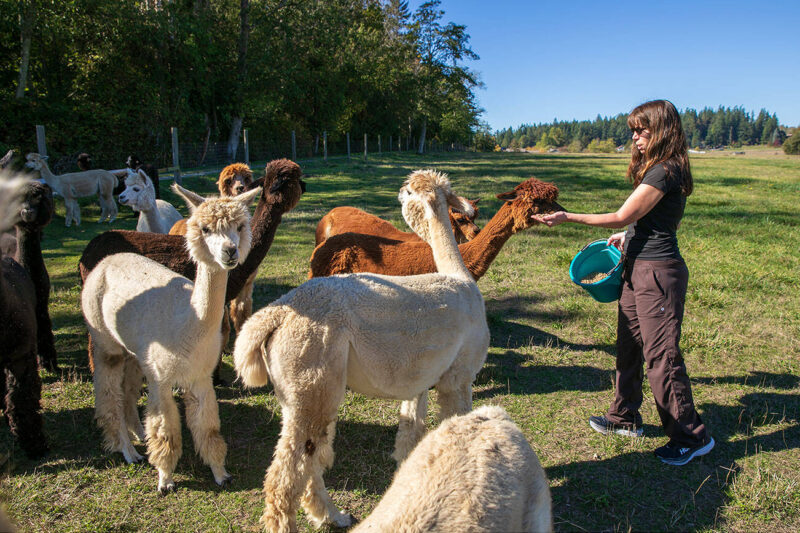
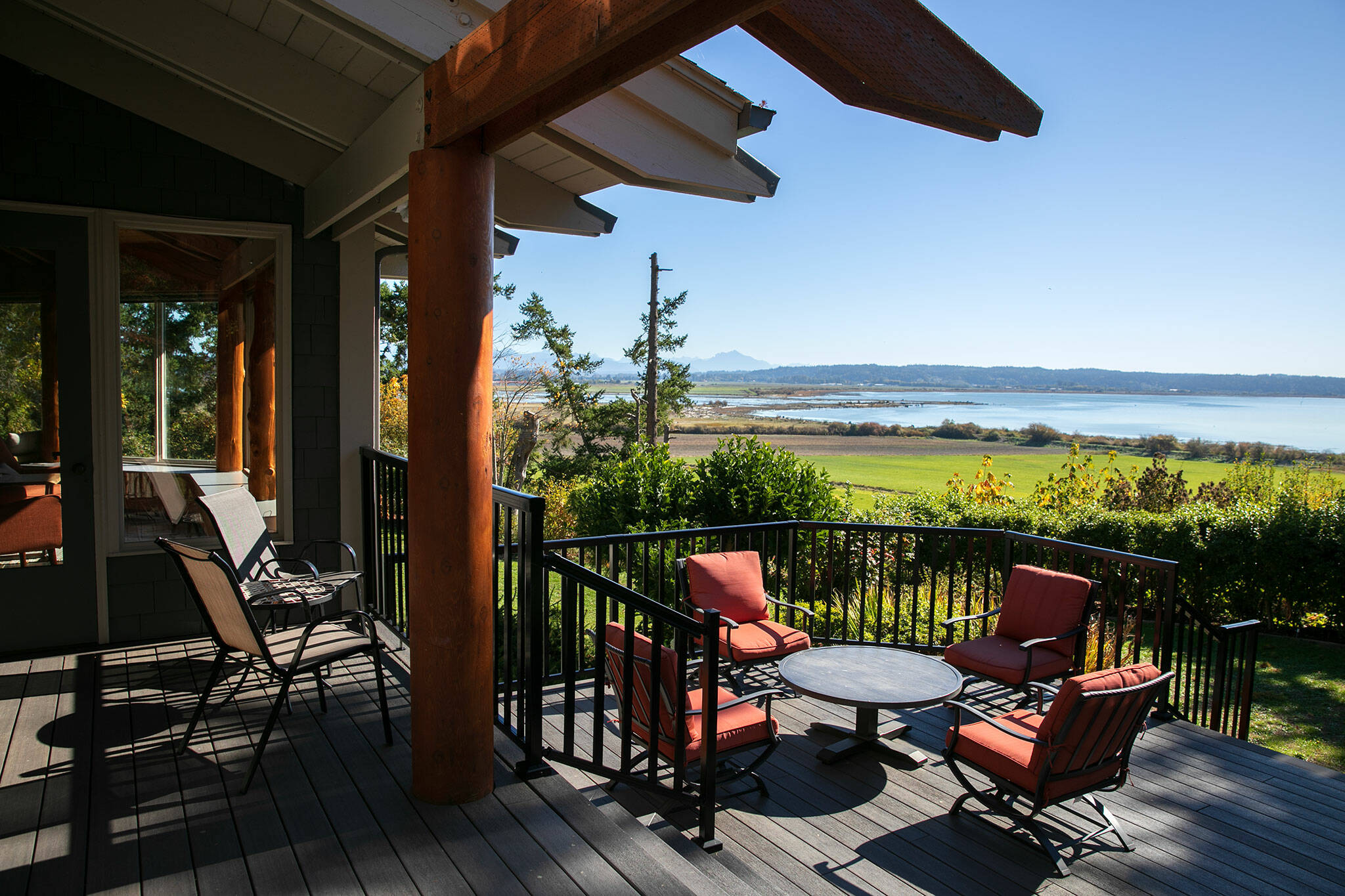
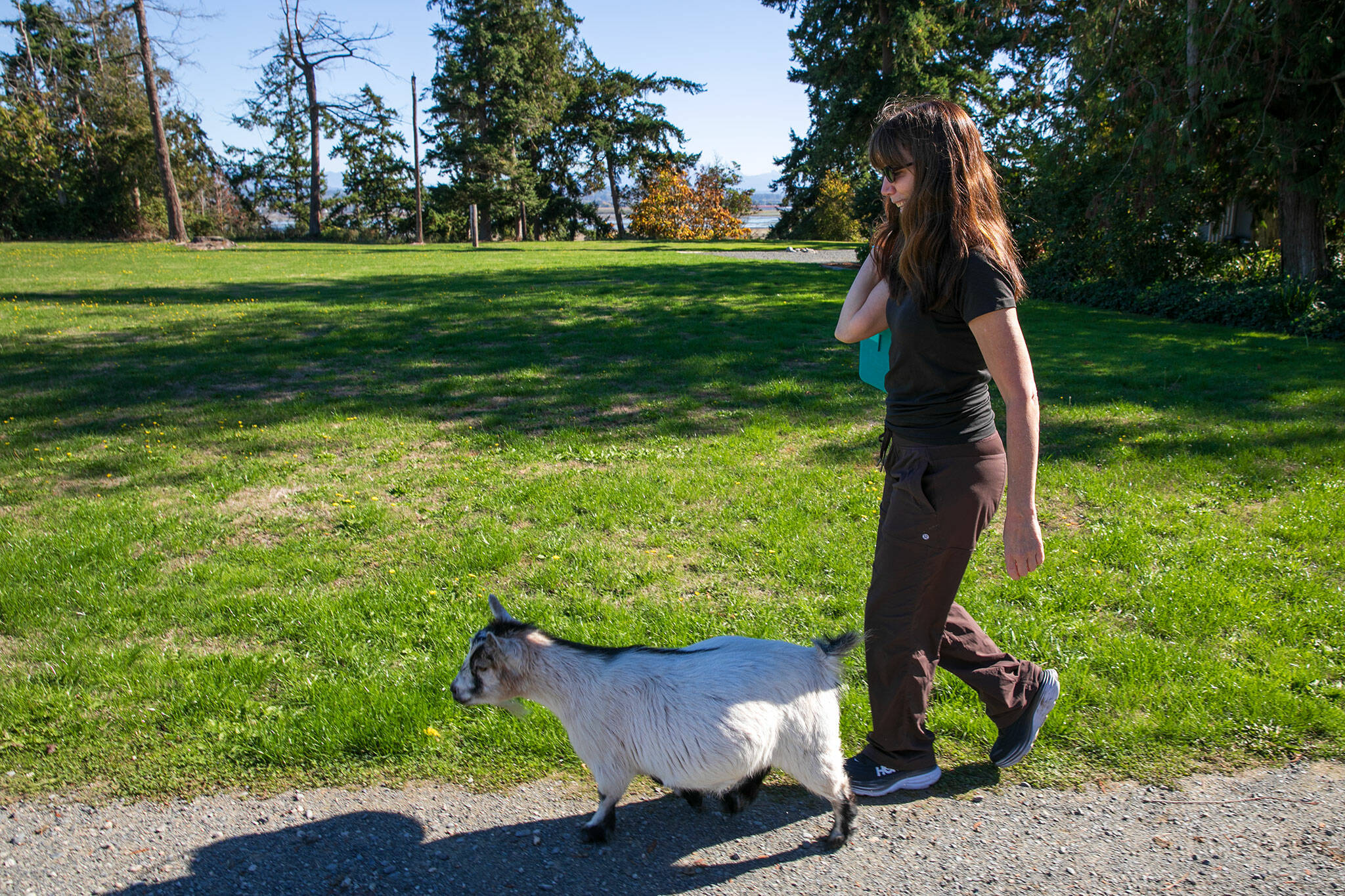
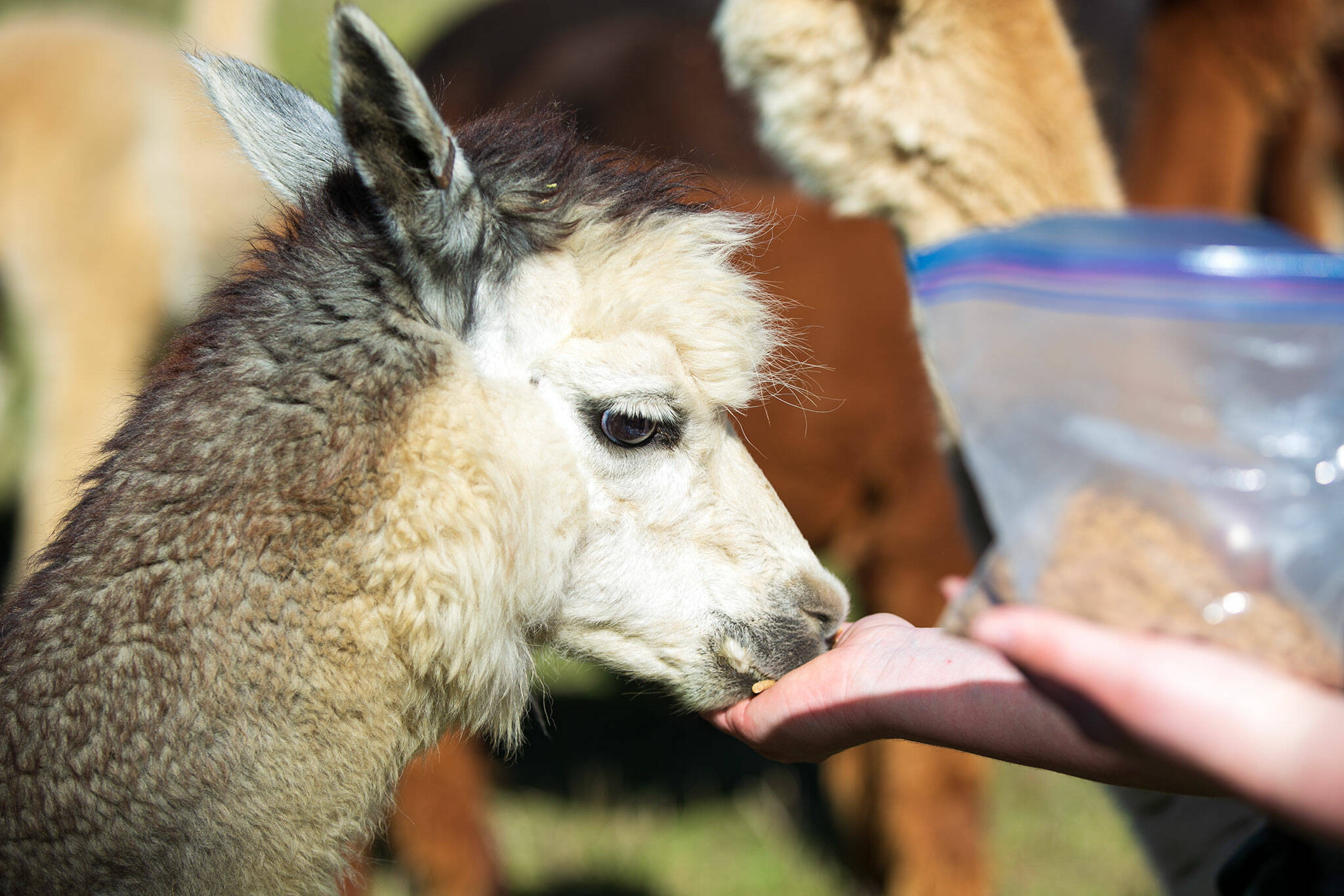
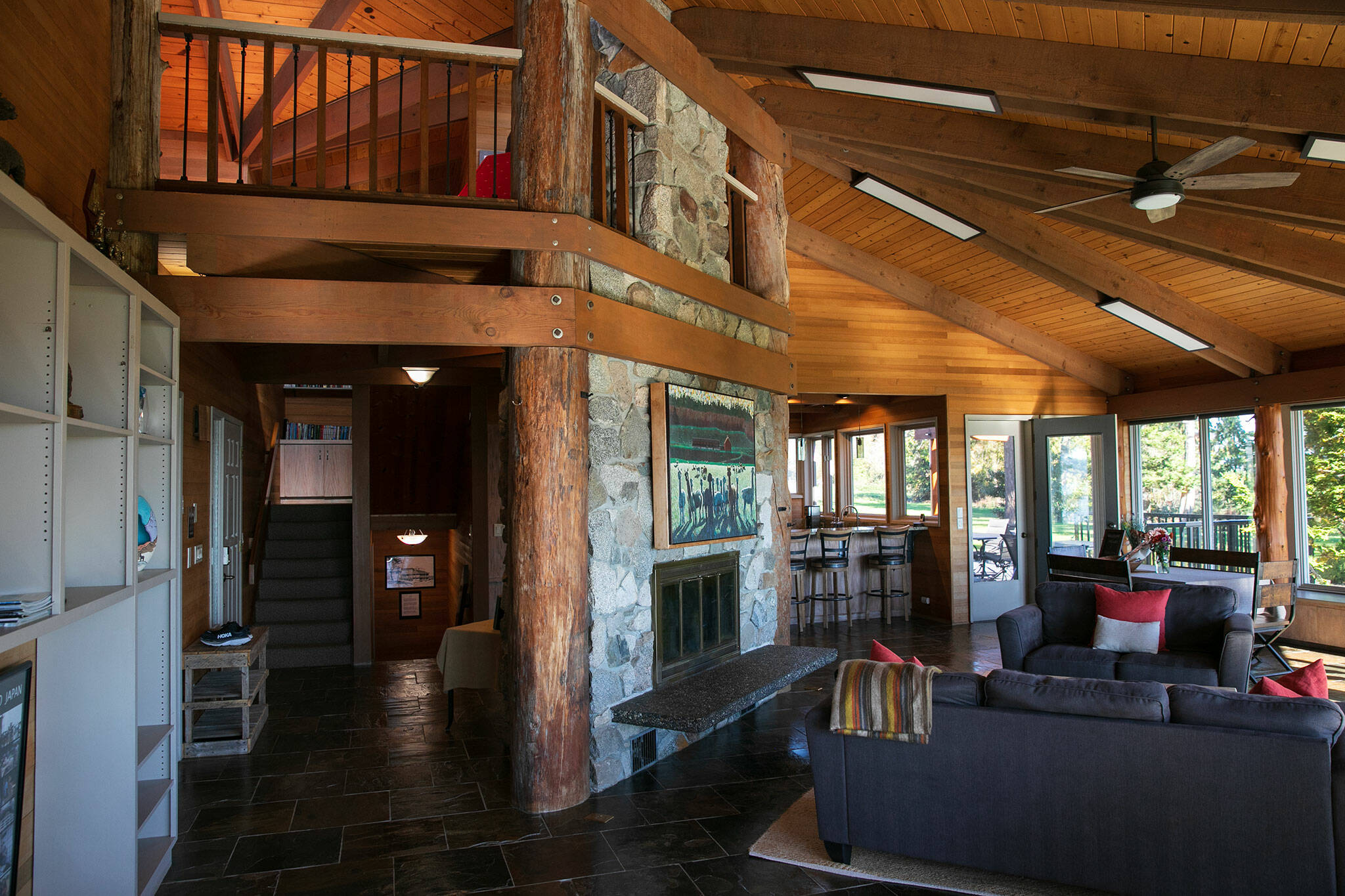
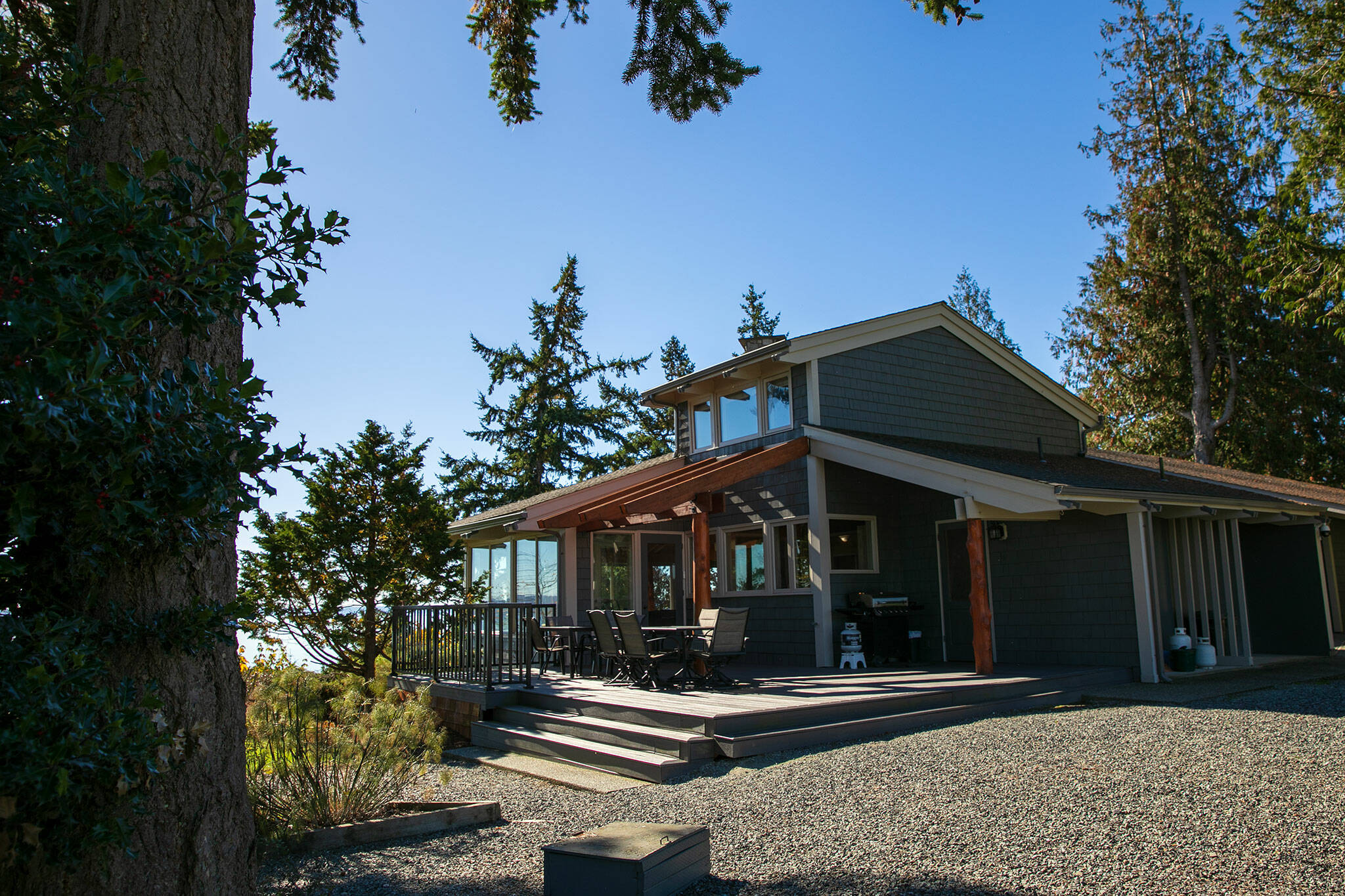
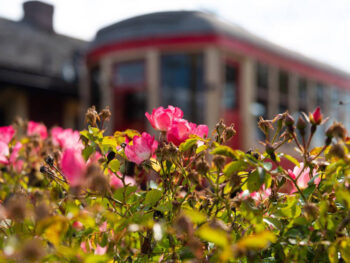

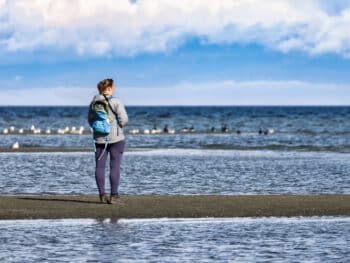
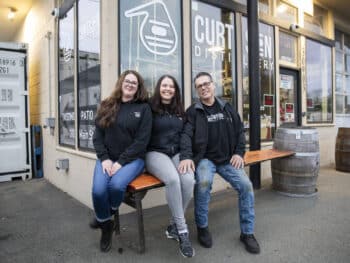
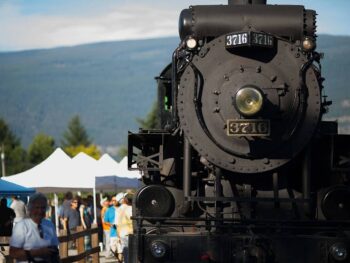
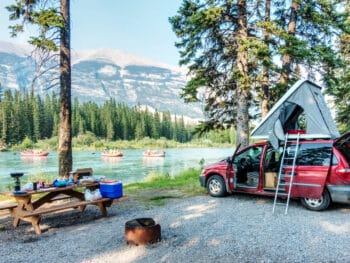

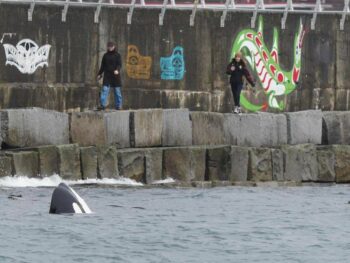
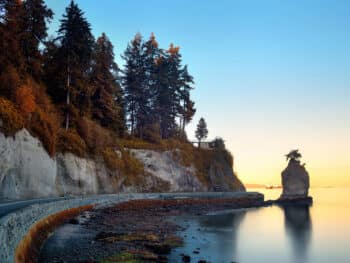
 Update on Yukon’s campsite reservation pilot program expected in February
Update on Yukon’s campsite reservation pilot program expected in February